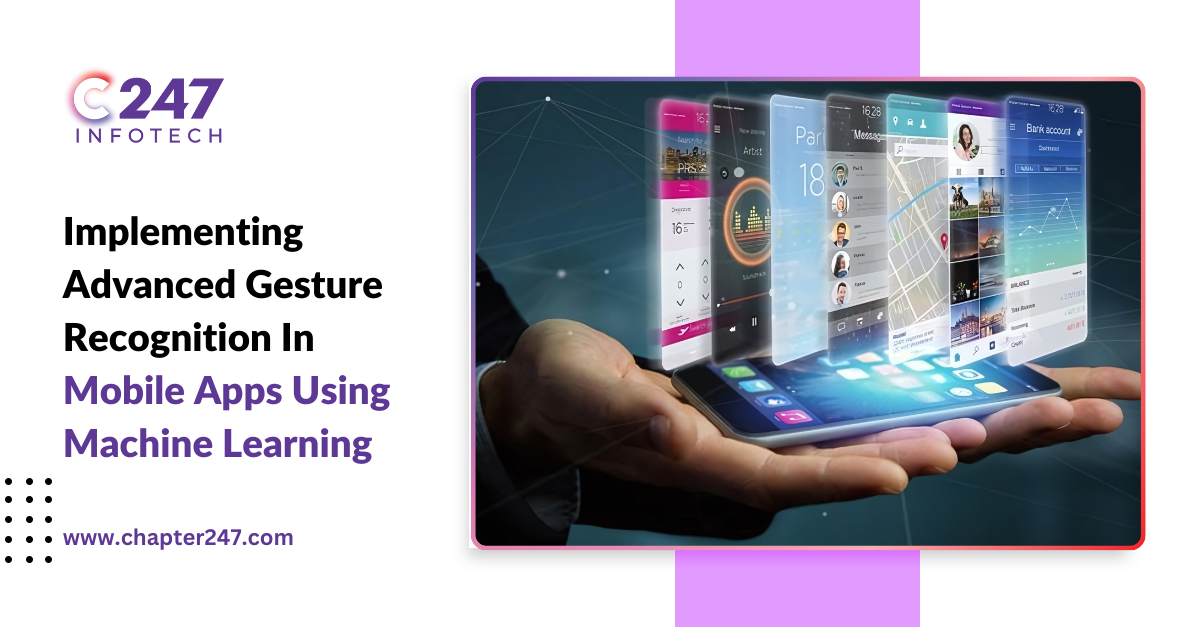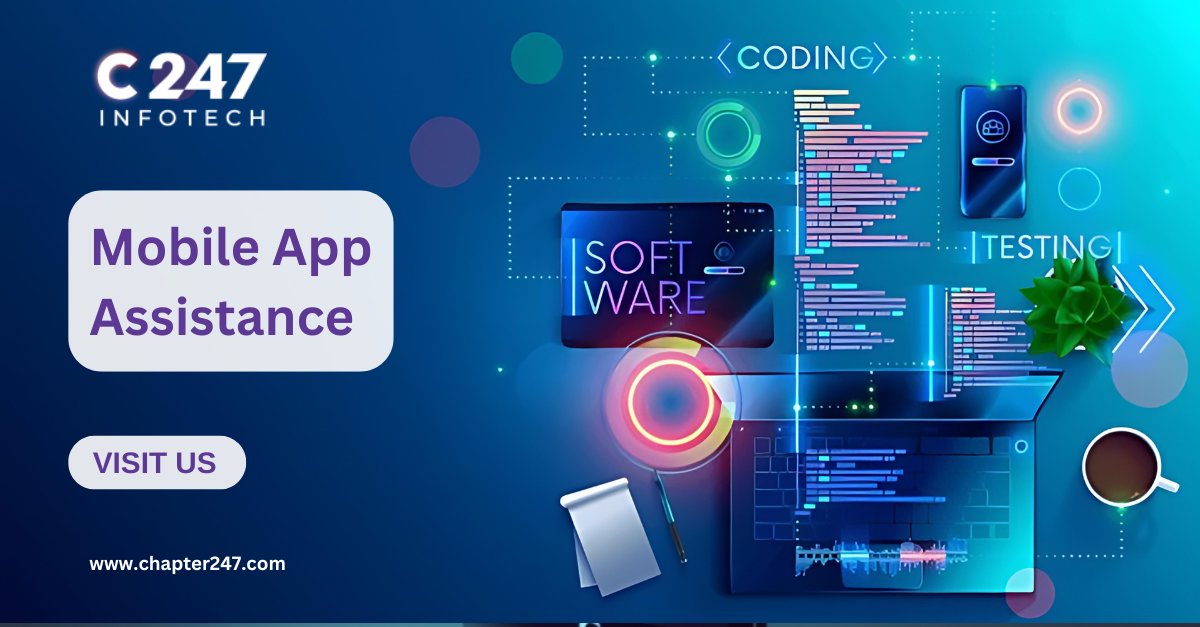Advanced gesture recognition is very relevant for improving user experience in Mobile applications. This can naturally facilitate user communications. Knowing the basics of machine learning is crucial to working with gesture recognition. Gesture recognition means interpreting human gestures as equal to having issued a command. It has uses in gaming, AR and even in handling the user interface. Sophisticated gesture recognition often employs machine learning techniques to improve the results of the system.
Core Concepts Of Gesture Recognition In Mobile Apps
Advanced gesture recognition is the process that is used in identifying and understanding human movements. It uses other instruments, such as accelerometers and gyroscopes. These sensors record motion data in a real-time manner. This data is then processed using the machine learning algorithms to get the gesture. Training data is essential in a system where the computer has to be trained to recognize different gestures.
Swiping gestures are on the elemental spectra, while 3D gestures are on the other end of the scale. The global gesture recognition market was estimated at USD 19.37 billion in 2023. Additionally, it is expected to increase at a compound annual growth rate (CAGR) of 27.1% from 2024 to 2032, from USD 24.78 billion in 2024 to USD 169.26 billion, as per Fortune Business Insights.
Machine Learning Algorithms For Gesture Recognition
Different machine learning algorithms improve gesture recognition technologies because of the ability to interpret and analyze movement information effectively. These algorithms use various approaches to identifying and predicting gestures based on the input received from sensors such as the accelerometer and gyroscope. They can identify patterns and locate specific gestures through this data.
- K-Nearest Neighbors (KNN): In this advanced gesture recognition, the gestures are compared to standard gestures. The gesture class is simply decided by how close the fingers are to the palm, which, though simple, is quite efficient.
- Support Vector Machines (SVM): The basis of operation of SVMs involves determining the right hyperplane that can be used to classify gesture data into different classes of motion. This method is versatile for large numbers of features but needs fine-tuning.
- Hidden Markov Models (HMM): HMMs are particularly suited for modeling sequences of gestures in time. Compared to other methods, they are particularly efficient in recognizing dynamic and sequential gestures.
- Convolutional Neural Networks (CNN): CNNs are very good at extracting features from gesture images or frames of the video sequence. It gives high accuracy but requires a heavy amount of computation.
- Recurrent Neural Networks (RNN): RNNs are efficient in modeling temporal dependencies in gesture data and, as such, are applicable for continuous gesture recognition from sensor-based motion.
- Long Short-Term Memory (LSTM): RNNs are used here because they can capture long-term dependencies and do away with the vanishing gradient problem that would otherwise be detrimental to recognizing long gestural inputs.
Implementing Gesture Recognition In Mobile Platforms
Gesture implementation is all about choosing the right tools for the job, and fortunately for developers, both iOS and Android offer many tools and frameworks to make the job easier.
- Leveraging Gesture APIs: The API for gesture recognition has been made simpler with Apple’s UIKit and Android’s MotionEvent. Swipes, taps, pinches, and rotations are all possible with UIKit for iOS applications. Likewise, MotionEvent assists Android developers in discerning and dealing with gestures.
- Training Custom Models: Machine learning algorithms models require learning with different gesture datasets. Developers gather different gestures, and categorize as well as analyze them. A good model can detect gestures properly and is attentive to such special moves made by users.
- Real-Time Gesture Recognition: Mobile apps require effective real-time identification. Efficient models and algorithms are significant for natural communication with multimedia systems. Currently, many real-time on-device gesture processing supports exist, including popular machine learning frameworks like TensorFlow Lite.
- Adding Visual and Haptic Feedback: In gesture-based applications, feedback is necessary from sensor-based motion. Visual animations and haptic feedback enhance usability because each gesture is acknowledged. Users feel that the app has recorded input, leading to better interaction.
- Continuous Learning and Improvement: The capability allows apps to learn from users. Gesture models can be updated by patterns observed, hence making the models much more accurate. This approach individualizes the app usage regarding hand movements and makes gestures fluid in the long run.
Additionally, as per scoop.market.us, a unique method for processing and analyzing temporal data from dynamic gestures has been built utilizing the MediaPipe framework. They achieved this in conjunction with Inception-v3 and LSTM networks, with a notable improvement in accuracy of up to 89.7%.
Conclusion
Implementing advanced gesture recognition in mobile apps enhances user interaction. ML algorithms play a crucial role in recognizing gestures accurately. The process involves sensor integration, data preprocessing, feature extraction, and model training. With continuous advancements, gesture recognition will become more precise and intuitive. Chapter247 leverages these technologies to create innovative and user-friendly applications. The future of mobile interaction lies in seamless and natural gesture recognition.








